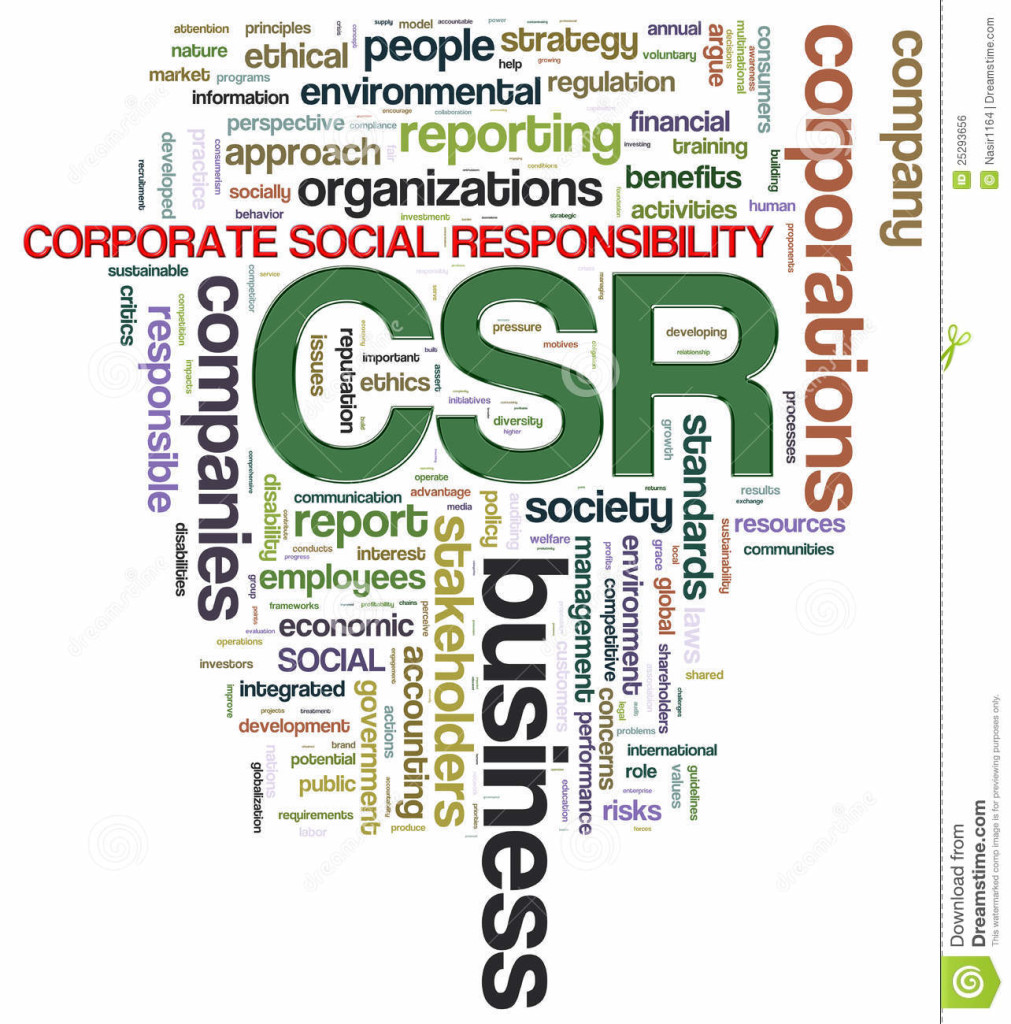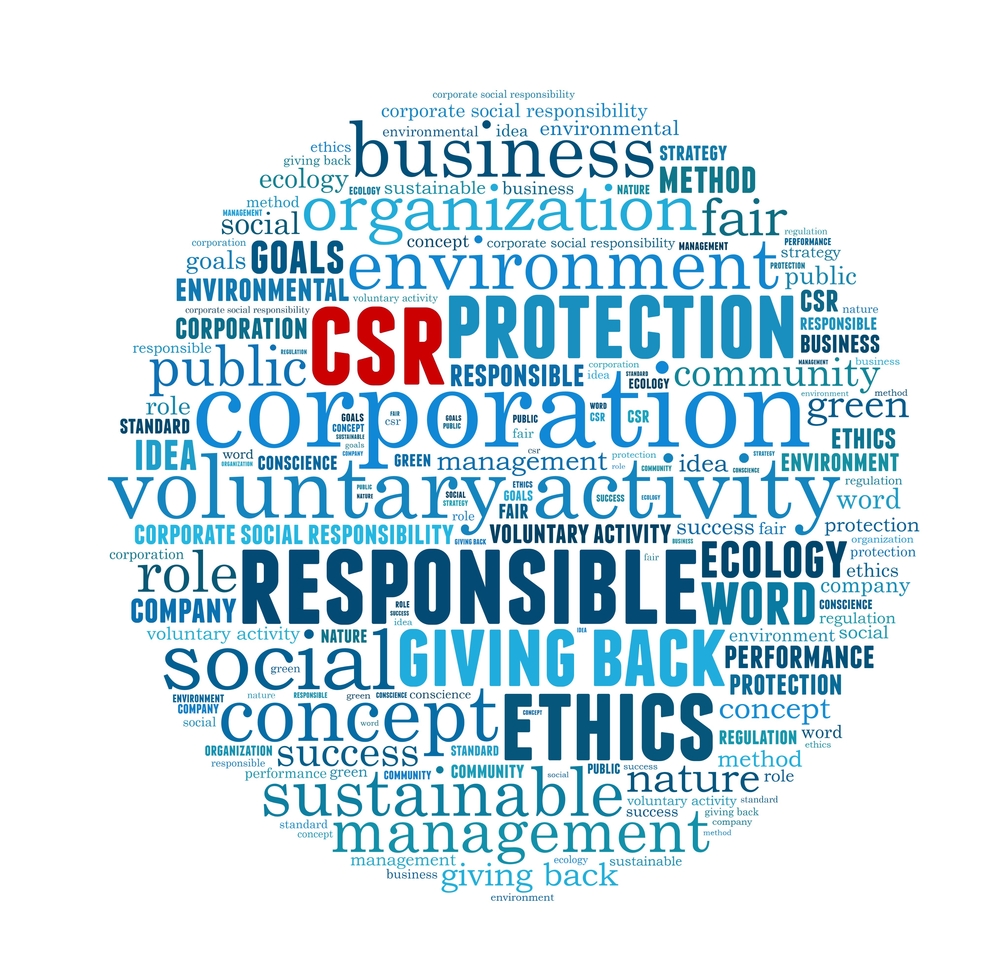Soda CSR campaigns echo tobacco CSR in their focus on the consumer and in their likely intent to thwart regulation. Soda CSR differs from tobacco in its explicit appeals to youth and in the aggressive launch of comprehensive campaigns soon after soda was linked to obesity.
Soda and Tobacco CSR Shifts Responsibility from the Corporation to Consumers
By highlighting the importance of consumers making healthy choices instead of the companies’ roles in creating an unhealthy environment, soda company and tobacco industry CSR campaigns emphasize personal, instead of corporate, responsibility. For instance, the tobacco industry’s “youth smoking prevention” programs appeared to combat youth smoking, but instead placed responsibility on parents and children for the decision to smoke [55],[56]. Similarly, in its “Balanced Living” message on Live Positively, Coca-Cola suggests that the company is responsible only for providing health information to consumers, such as through the “Clear on Calories” labels that show calorie counts on the front of bottles or cans. The company suggests that health is ultimately up to consumers, because with new labels, “you’ll know exactly how many calories are in a beverage before making a purchase—whether at a store, one of our vending machines or fountain machines—making it easier for you to make informed choices and live a healthy, active lifestyle” [83]. PepsiCo’s advertisement for the UK’s Change4Life campaign likewise insists that “active parents make active kids” [84].
Tobacco and Soda Tactics Seek to Prevent Regulation
As CSR campaigns can improve a firm’s standing with the public and policymakers, they are potentially a powerful mechanism to forestall regulation [47]. British American Tobacco, for example, used CSR to reestablish political influence with the UK Department of Health, with which its relationship had deteriorated [85]. While the Refresh Project and Live Positively have not stated such goals outright—and we have no cache of internal soda industry documents to investigate for such explicit rationales—the campaigns employ the very tactics that companies use to influence the public and policymakers [23]. For instance, the tobacco industry used donations to cultural organizations to help enlist their support against a proposed public smoking ban in New York City [86]. From that perspective, PepsiCo’s Refresh Project represents $20 million in donations to community groups who publicly praise the company [73], and may be recruited to help oppose future regulatory initiatives. Moreover, PepsiCo and Coca-Cola are members of the American Beverage Association (ABA), an industry trade group that has aggressively lobbied against taxes on SSBs [87]. Following a trademark tobacco industry tactic, the soda companies and the ABA are members of the front group “Americans Against Food Taxes,” which, despite its name, is primarily composed of food and beverage companies. The group has aired a $10 million TV campaign against taxing beverages and promoting individual responsibility as the remedy for obesity [88].
Unlike Tobacco, Soda CSR Explicitly Seeks Sales, and Sales to Youth
In contrast to the actions of Big Tobacco, soda industry CSR initiatives are explicitly and aggressively profit-seeking. Soda companies use CSR to tout their concern for the health and well-being of youth while simultaneously cultivating brand loyalty. The stated goal of PepsiCo’s flagship Refresh Project is to increase long-term sales [73],[89] by engaging youth in the initiatives [69] and to build loyalty by associating PepsiCo with benevolent, worthwhile ventures. According to PepsiCo, after just nine months, the Refresh Project is an overwhelming success: “With over 2.8 billion (with a “B”!) earned media impressions, the project exceeded our internal benchmarks early in the year and we’ve seen an improvement in key brand health metrics. Crucial to PepsiCo’s bottom line, when Millennials, the campaign’s key demographic target, know about the Project their purchase intent goes up” [90]. Such soda CSR programs focus strategically on this cohort of 11- to 31-year-olds [71] to build brand preferences from an early age and create a climate in which drinking soda is viewed as a natural, frequent activity.
Soda companies also benefit from sponsorship of youth-oriented community organizations in ways that are unavailable to tobacco companies, which must avoid appearing to attract young people as a condition of the MSA [91]. Soda companies’ marketing to youth is not similarly constrained, and soda CSR campaigns target youth in schools or community centers. The use of cause marketing and new media facilitates the companies’ connection to youth. For instance, Coke uses its Spark Your Park program, with heavy emphasis on Facebook and Twitter engagements online, to promote its Sprite product while donating funds to neglected recreation facilities [92]. Moreover, these CSR campaigns provide a mechanism for soda companies to circumvent pledges not to market in schools [93],[94],[95]. While soda companies agreed to remove full-calorie drinks from U.S. schools, CSR programs like the Refresh Project keep the brand in front of young people with promises of grants for children’s schools, parks, or other programs.
Soda Is Employing CSR Sooner Than Big Tobacco
The overall goal for the tobacco industry’s CSR strategy has been to normalize its products and its corporate image [96],[97],[98], but it has struggled as public health advocates have denormalized tobacco use and challenged tobacco companies trying to rehabilitate their images. Historically, advocates countered such campaigns by stigmatizing smoking [99]. Now, denormalization characterizes the corporation’s activities as a disease vector [100], and highlights the disingenuous use of CSR [101]. Such industry denormalization refutes the tobacco companies’ argument that they are like any other legitimate industry [20], builds support for stronger regulation, and helps deter and reduce adolescent [102], young adult [103], and adult smoking [104],[105].
The soda industry appears to be improving upon Big Tobacco’s CSR strategy by acting sooner[28]. Although the tobacco industry responded to critics in 1954 with the nationwide newspaper advertisement “A Frank Statement to Cigarette Smokers” [106], decades lapsed between the public’s outcry regarding tobacco and when the industry mounted concerted CSR campaigns[107]. While soda companies may not face the level of social stigmatization or regulatory pressure that now confronts Big Tobacco, concern over soda and the obesity epidemic is growing. The World Health Organization [108] and the U.S. Surgeon General cited soda as a key contributor to obesity [109], U.S. First Lady Michelle Obama’s Let’s Move initiative prompted new company policies by soda marketers [110], and interest in soda taxes is growing[111],[112]. The soda companies are feeling this pressure. In 2009, Coca-Cola told its shareholders that “Increasing concern among consumers, public health professionals and government agencies of the potential health problems associated with obesity and inactive lifestyles represents a significant challenge to our industry” [113]. Unlike tobacco, at the first signs of soda denormalization soda companies quickly launched comprehensive, well-funded, international CSR campaigns that take advantage of social media.
Implications for Public Health Advocates
Tobacco companies launched CSR campaigns to rehabilitate themselves with the public when their image had been tarnished [20]. Because the most comprehensive initiatives were introduced well after intense public outcry, however, their CSR efforts struggled to achieve their aims [42]. As soda denormalization is nascent, soda companies may enjoy benefits from CSR that Big Tobacco labored to accomplish. In addition to effectively preempting regulation and maintaining its favorable position with the public, the soda industry’s CSR tactics may also entice today’s young people to become brand-loyal lifetime consumers, an outcome that current social norms dictate Big Tobacco cannot explicitly seek.
Without sustained denormalization of soda, it will be harder for public health advocates to see why partnering with industry may further the companies’ goals more than their own. While tobacco denormalization was facilitated by litigation, which used the discovery process to procure internal documents revealing the industry’s duplicitous intent, it is possible to respond to the soda industry without a “smoking gun.” For example, one instance of tobacco industry denormalization that did not rely on internal documents was the revelation that PM spent more on publicizing its charitable efforts than it spent on the charities itself, which exposed the cynical nature of Big Tobacco’s CSR [114]. The Refresh Project’s $20 million price tag, and the statements from company representatives, give public health advocates a similar opportunity to argue that this is marketing, not philanthropy [115]. Such criticism appeared in a Lanceteditorial, which stated that the U.K.’s Change4Life should have avoided “ill-judged partnerships with companies that fuel obesity” [116]. Research on the health harms of sugary beverages can help advocates name these products as one of the “biggest culprits” [117] behind the obesity crisis. Emerging science on the addictiveness [118] and toxicity [119] of sugar, especially when combined with the known addictive properties of caffeine found in many sugary beverages, should further heighten awareness of the product’s public health threat similar to the understanding about the addictiveness of tobacco products.
Public health advocates must continue to monitor the CSR activities of soda companies, and remind the public and policymakers that, similar to Big Tobacco, soda industry CSR aims to position the companies, and their products, as socially acceptable rather than contributing to a social ill.
The article was taken from here.

